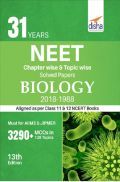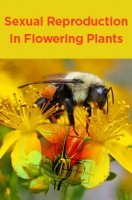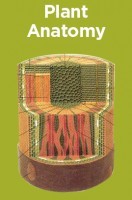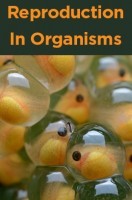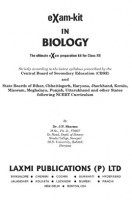Laboratory is a place where the necessary equipments, chemicals and required facilities are available needed by a science student and teacher to perform the experiments. It is the place where one tests his theoretical knowledge practically for its validity or truthfulness. One gets opportunity to learn the science by performing practicals. A science student cannot do or learn without a laboratory. It is a very signifi cant place as many discoveries, inventions, theories have emerged out of this place.
This book Useful for Class XII Students.
1. To study the plant population density by quadrat method
2. To study the plant population frequency by quadrat method
3A. To study the effect of temperature on the activity of salivary amylase
3B. To study the effect of pH on the activity of salivary amylase on starch
4. Isolation of DNA from available plant material such as spinach, green pea seeds, papaya, etc.
5. To collect and study soil from at least two different sites and study them for texture and moisture content, pH and water holding capacity of soil. To correlate with the kind of plants found in them
(A) To study the texture of soil
(B) To study the moisture content in soil
(C) To study the pH value of soil
(D) To study the water holding capacity of garden soil and roadside soil
6. To collect water from two different water bodies and study them for pH, clarity and presence of any living organisms
(A) To study the pH of water
(B) To study the clarity or turbidity of water
(C) To study the presence of living organisms in water
7. To study the presence of suspended particulate matter in air at the two widely different sites
(A) To study the presence of suspended particulate matter in air at the roadside
(B) To study the presence of suspended particulate matter in air in school/garden
8. To study the pollen germination on a slide (Portulaca/grass/china rose)
9. To make a temporary acetocarmine stained slide of onion root tip to study mitosis







